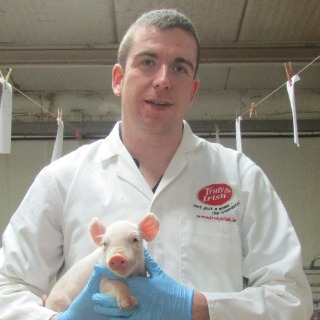
The challenge of Porcine Circovirus type 2 (PCV2) intra-specific taxonomic classification
All available vaccines in the European and North-American market are based on PCV2a genotype, while the most prevalent ones are PCV2b and PCV2d ones. Although significant level of cross-protection among these three genotypes has been demonstrated, it would be interesting to assess if vaccine efficiency would be equivalent in front of all these different genotypes.







